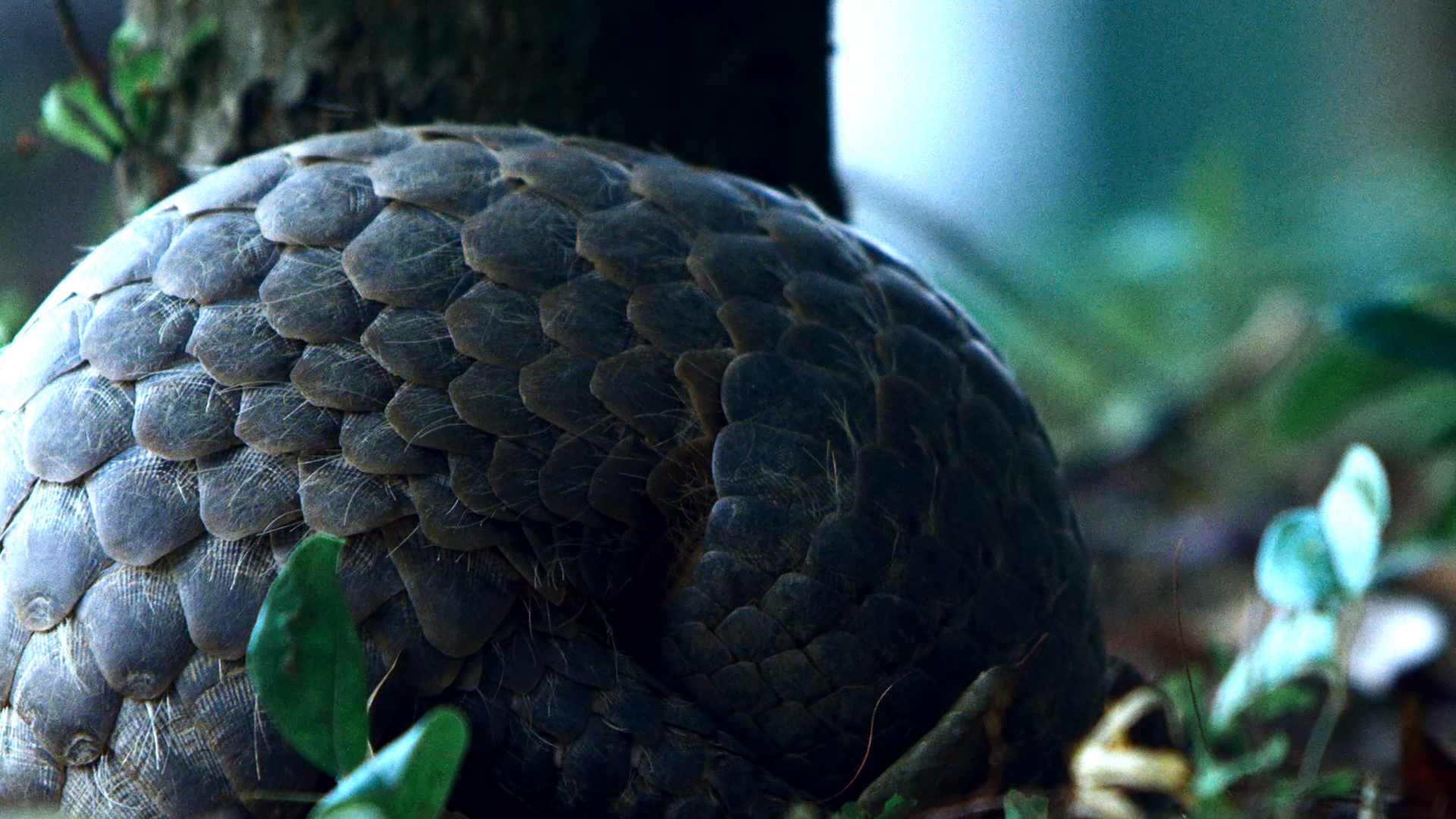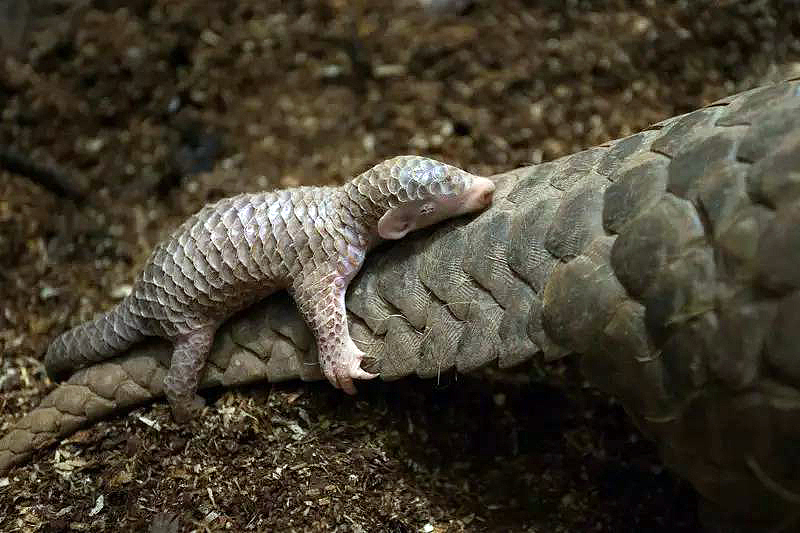Every year on the third of February, World Pangolin Day is honored. This year's date is February 18. It is a gesture, like any other international day, to remind the public of the need of bringing this endangered species back from the brink of extinction.
05:23

The species, which used to roam freely in 17 Chinese provinces, has plummeted to just 64,000 in recent decades. When poachers recognized that the resource in China was dwindling, they quickly and covertly switched their focus to other pangolin species in other countries and continents. Over the last decade, about one million of them have been slaughtered worldwide.
To this day, almost no one hasn't heard the heartbreaking story of a smuggled mother pangolin was discovered firmly wrapped up the pup with its coiled up body until its death. When a pangolin is scared in the wild, its unbreakable ball of scale protects it from other predators. However, the tight defense system becomes the on-site delivery for poachers.

The IUCN classified all eight current pangolin species as vulnerable or critically endangered in 2017. This animal's international trading is strictly forbidden. Since 2020, China has placed pangolin under first-class protection; the animal's name was removed from the Chinese Pharmacopoeia, an official guideline for medication use, including traditional Chinese medicine.
There is always a silver lining in the dark. Images of pangolins were caught in five provinces during a four-year field research in 16 provinces in China, and some even revealed signs indicating the possibility of reproducing. Instead of selling the animal, locals who find it now report the incident and turn it over to authorities or professionals.
Breeding the animal under human care is extremely difficult; the animal's sensitivity results in high mortality and sterility. The only way to save the species is to stop harming them and return them to their natural habitat.
(All photos via VCG.)
(If you want to contribute and have specific expertise, please contact us at nature@cgtn.com.)